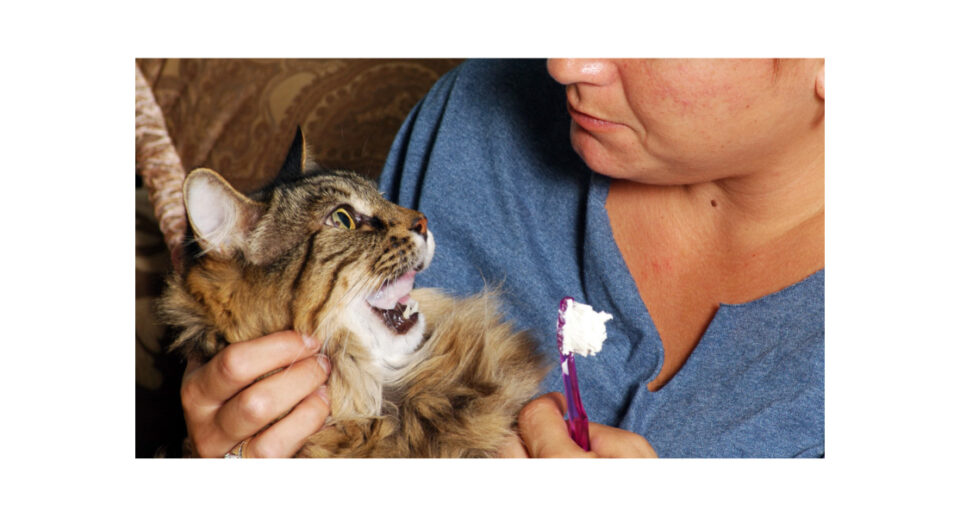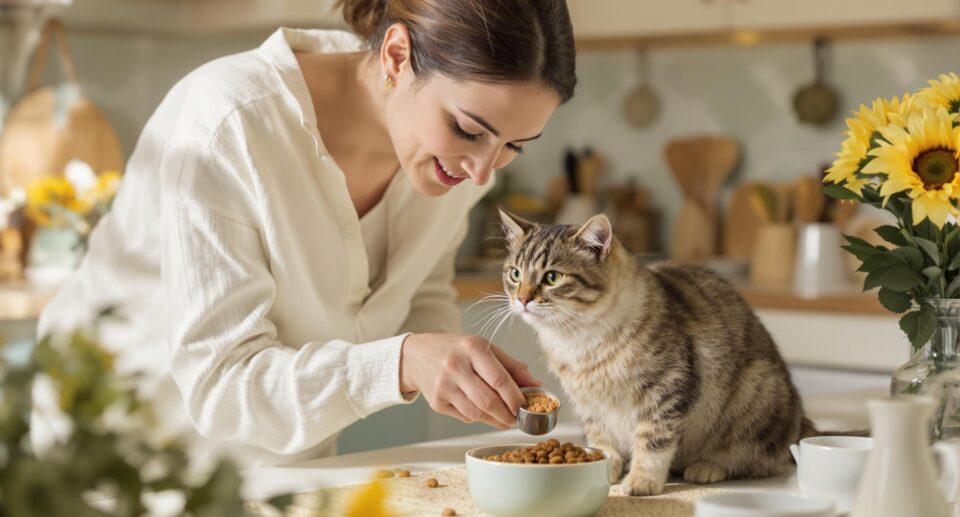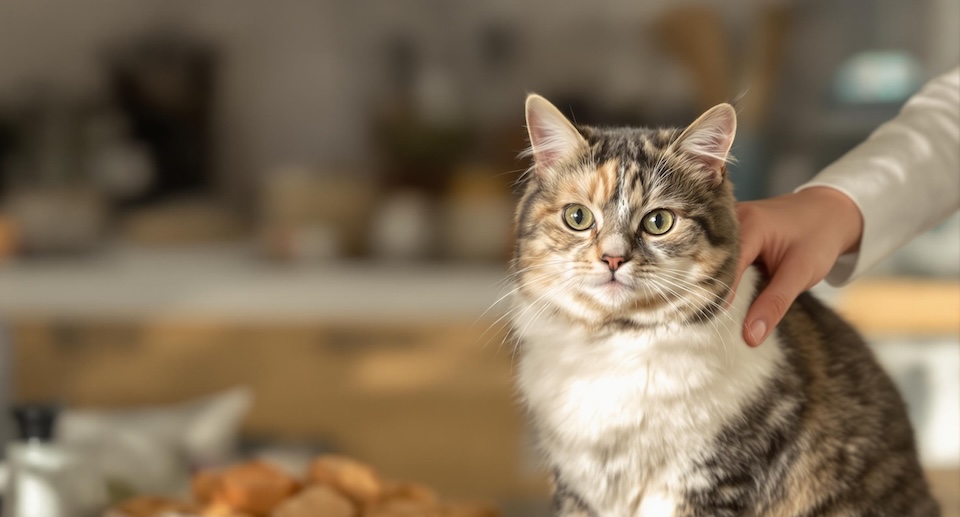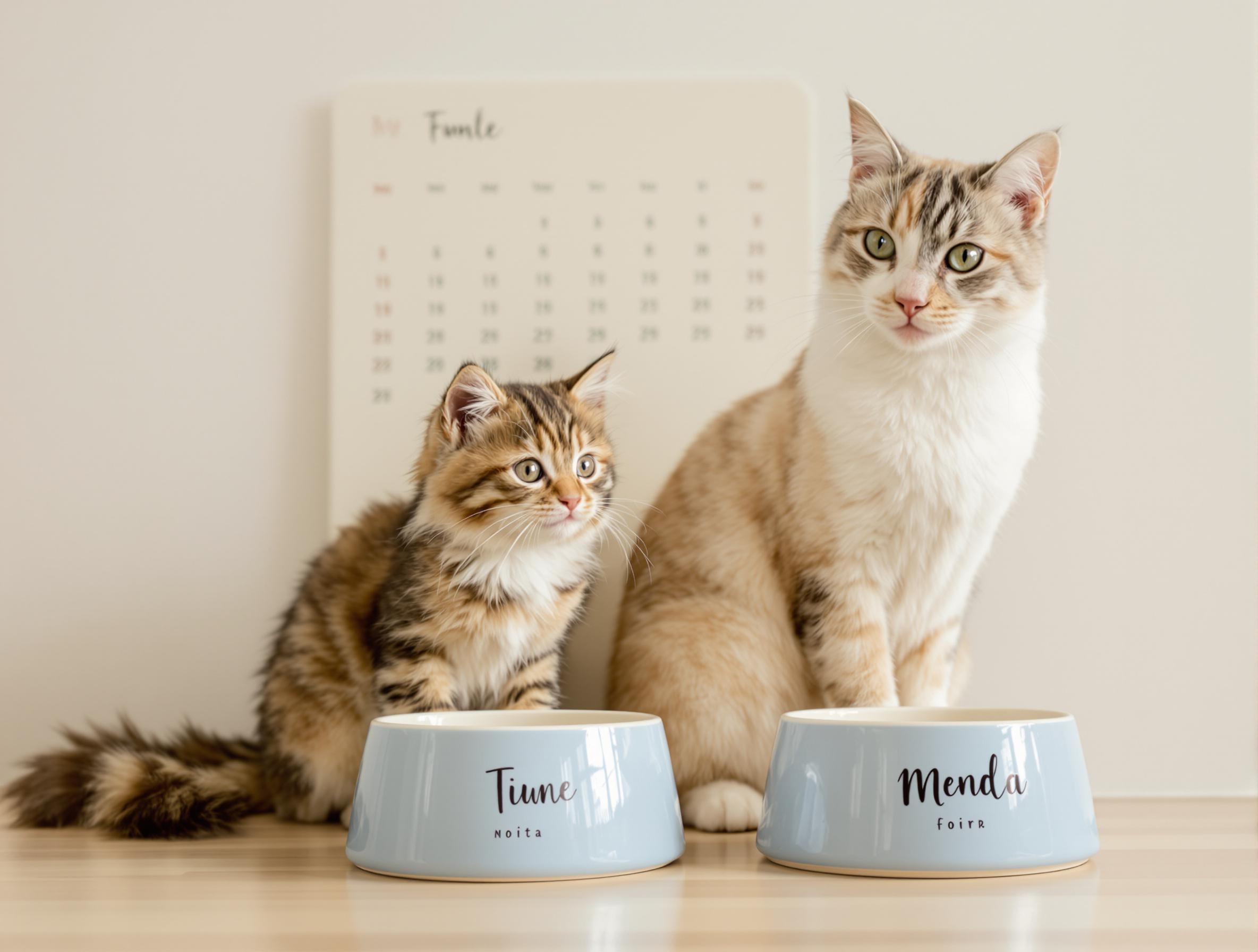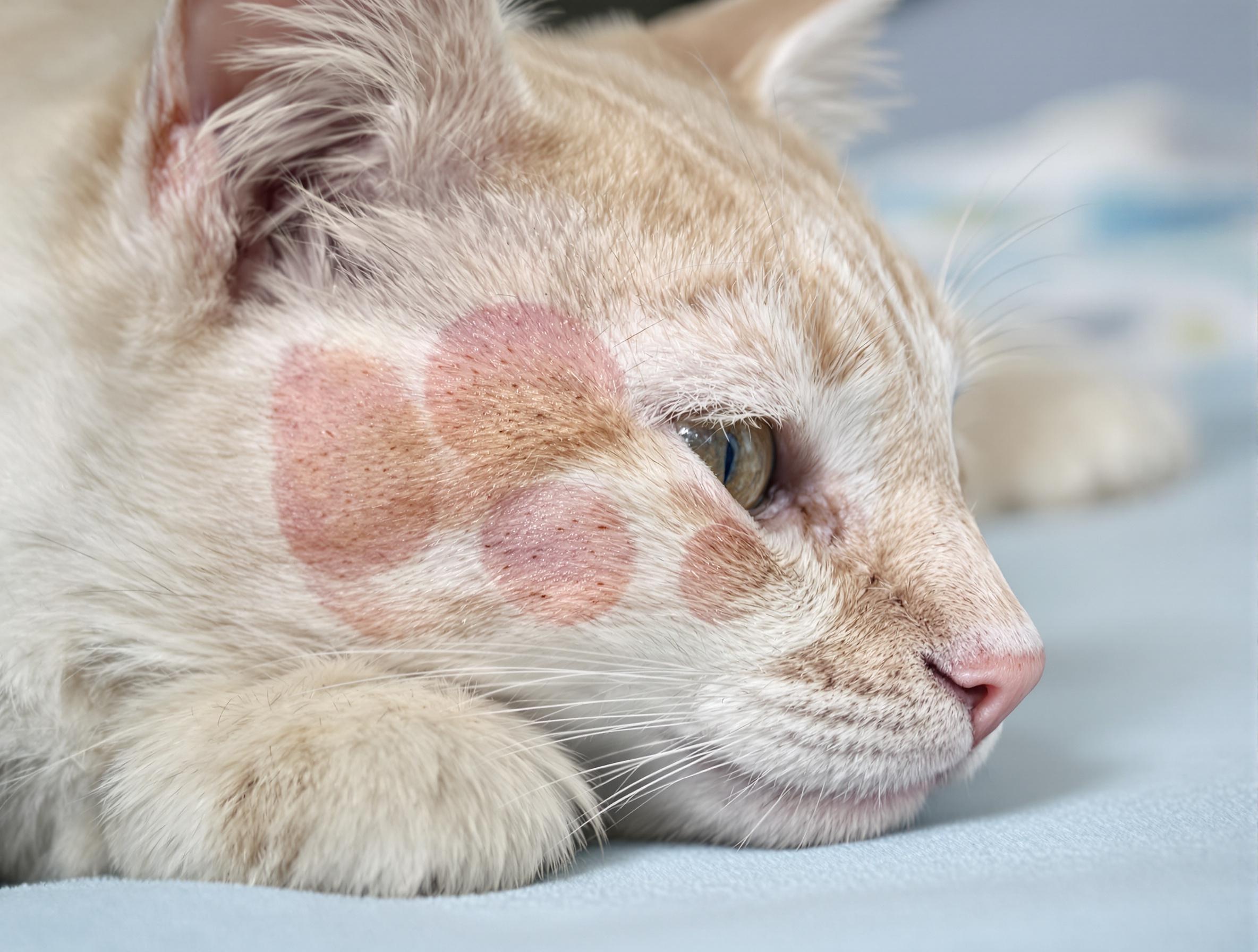What Your Cats Gums Can Tell You About Their Health
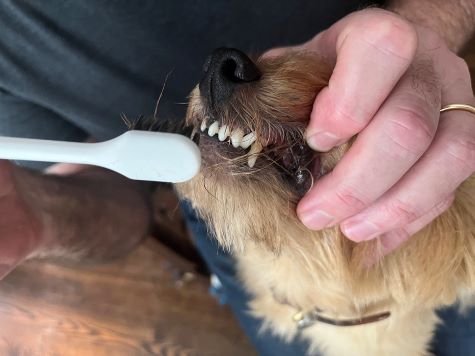
When you take your cat or dog for a wellness visit, one of the first things your vet will do is take a look at their teeth and gums. Your vet is looking not only for signs of dental disease, but also for clues about your pet’s overall health. By learning to look at your pet’s gums, you can monitor chronic conditions, evaluate emergency situations, and even catch early signs of health issues.
Pet Gum Color Meaning: What Color Are Healthy Gums?
Healthy gums are usually light pink in color, indicating healthy blood flow and no infection. They will usually be the color of salmon or bubblegum. Some pets may have black gums or pink gums with black spots. Black coloring on gums is caused by melanin, the naturally occurring pigment that determines the color of your pet’s skin and coat throughout their body. It’s normal for some animals to have dark coloring or markings, but it can make them more susceptible to malignant melanomas.
Pale or white gums usually mean that your pet has inadequate blood flow. That can indicate shock, excessive blood loss, anemia, heart disease, or kidney disease. If your pet has pale gums or long capillary refill time, they may be in need of immediate veterinary attention.
Redness at the gumline is usually an indicator of gum disease. It tends to happen gradually, and while it is not necessarily a medical emergency, you should schedule a veterinary appointment to have your pet’s mouth and gums checked as soon as you can. Early gum disease is usually easy to treat with a dental and follow-up care at home. Advanced gum disease, though, can cause chronic pain, tooth loss, sepsis, and even bone loss as the infection spreads to the jaw.
Dark red gums can indicate that your pet is in danger of heatstroke. In extreme heat, blood rushes to the surface of the skin, including the gums, in efforts to cool down the body. Red gums can also indicate ingestion of a toxin.
Yellow gums are usually seen with yellowing of other areas of the body, including the eyes. Jaundice occurs when there’s a buildup of bilirubin, a waste product, in the blood. This can occur if your pet has ingested a toxic substance, or has compromised liver function, possibly due to liver disease or a blocked vile duct.
Bluish or purple gums indicates a lack of oxygen in the blood. It can happen if your pet is having trouble breathing, or experiencing heart failure. If a pet consumes a toxic substance, their red blood cells can become damaged and unable to carry oxygen through the blood.
Lumps, Growths, And Bumps on Gums
Healthy gums are smooth, moist, and relatively uniform in appearance and texture. Be sure to check your pet’s upper and lower gums on both sides, and also take a look at their tongue and inner surfaces of the mouth.
A pus-filled bubble on the gums may be an abscess due to an infection at the root of a tooth due to poor dental hygiene or a fracture that has allowed bacteria to enter.
Oral tumors can be malignant or benign. They vary in appearance, sometimes smooth and round, or bumpy like cauliflower. Most oral tumors are red, but malignant melanomas are usually dark brown or black. Malignant tumors can spread to the jaw bone and lymph nodes, but it’s impossible to tell by appearance which are the most dangerous. Your veterinarian can aspirate the growth to check for cancer cells and can let you know if it will need to be removed.
Open sores or ulcers can be a result of a systemic infection like calicivirus in cats. Both dogs and cats can develop stomatitis, or sores throughout the mouth caused by advanced gingivitis.
How To Check Your Pet’s Gums
Brushing your cat or dog’s teeth at least three times per week is not only the best way to protect their oral health, it’s also the best time to check their gums for irregularities. Take note of the normal, healthy appearance of your pet’s gums, that way you will recognize any unusual changes. Gently lift each side of the upper lip, and then the lower lip to examine the gums for lumps, bumps, ulcers.
During a medical emergency, you can check your pet’s circulation with a simple capillary refill test. If you gently press on your pet’s gums with your fingertip, they should turn white in that spot, and then become pink again as the capillaries refill with blood. It should take no longer than a second or two for the white spot to vanish. A prolonged capillary refill time may indicate dehydration, certain heart conditions, or shock after a life-threatening injury.
Remember, your pet’s gums are just one piece of their overall health puzzle. If you have any concerns about their health, or think your pet might be having a medical emergency, make an appointment with your veterinarian or visit an emergency vet clinic.

